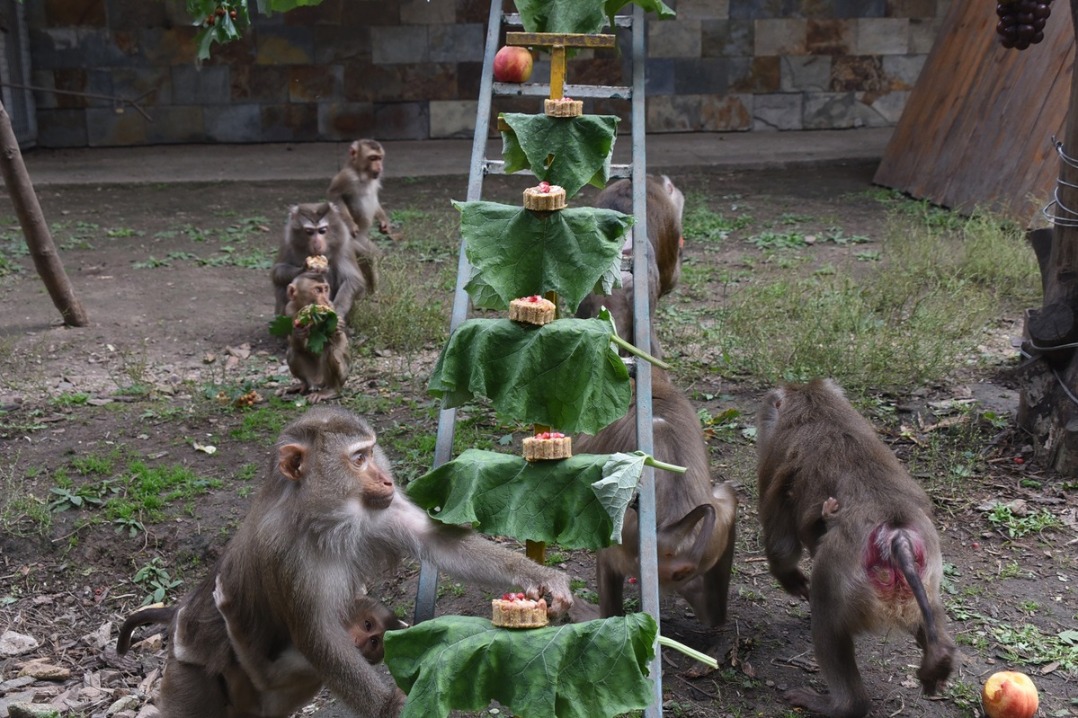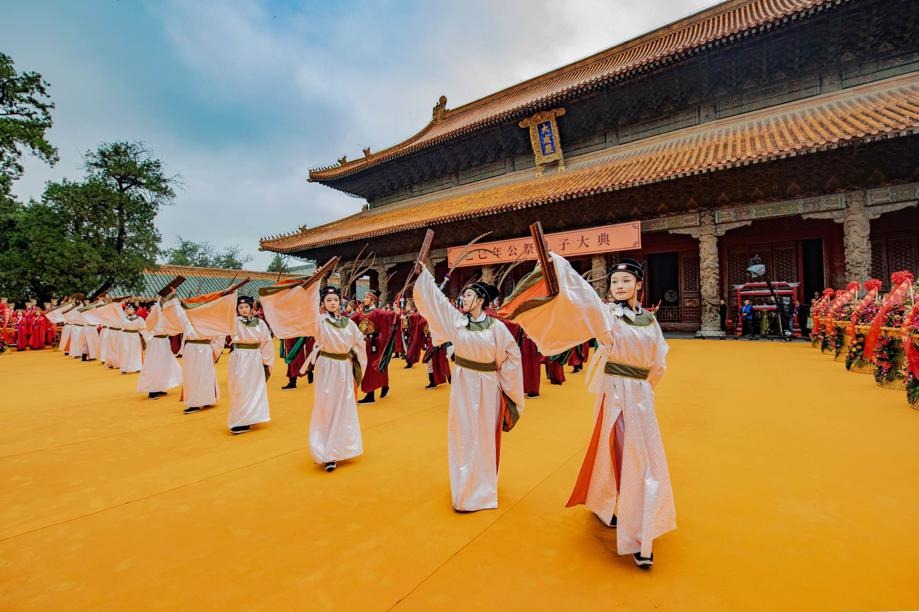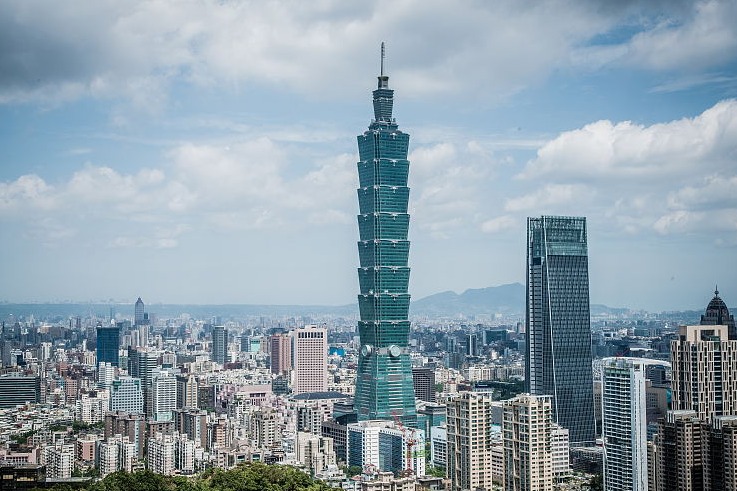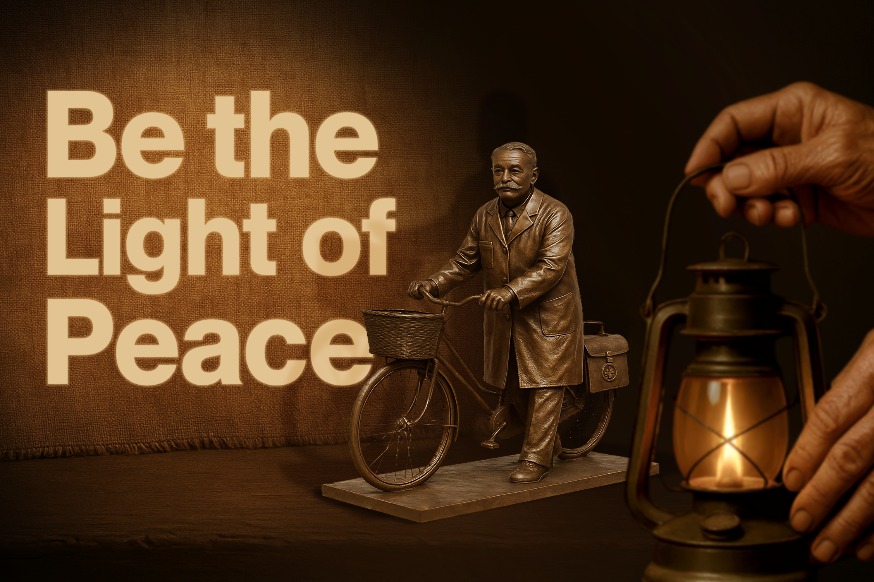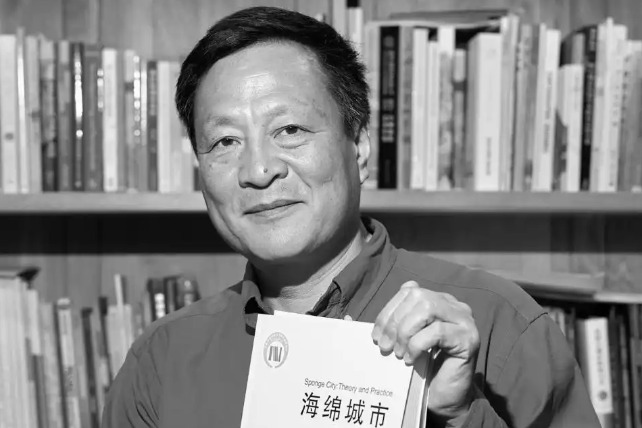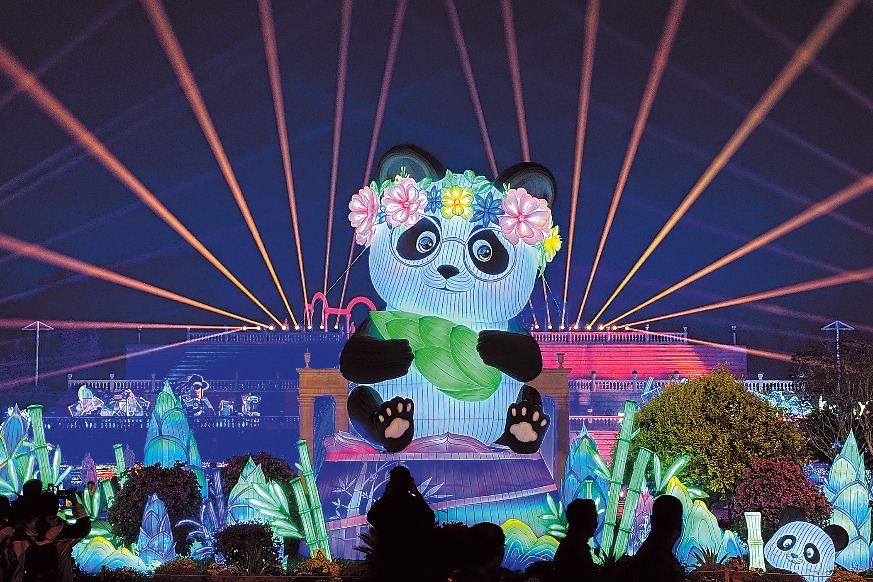War exhibition showcases heroic deeds of foreigners

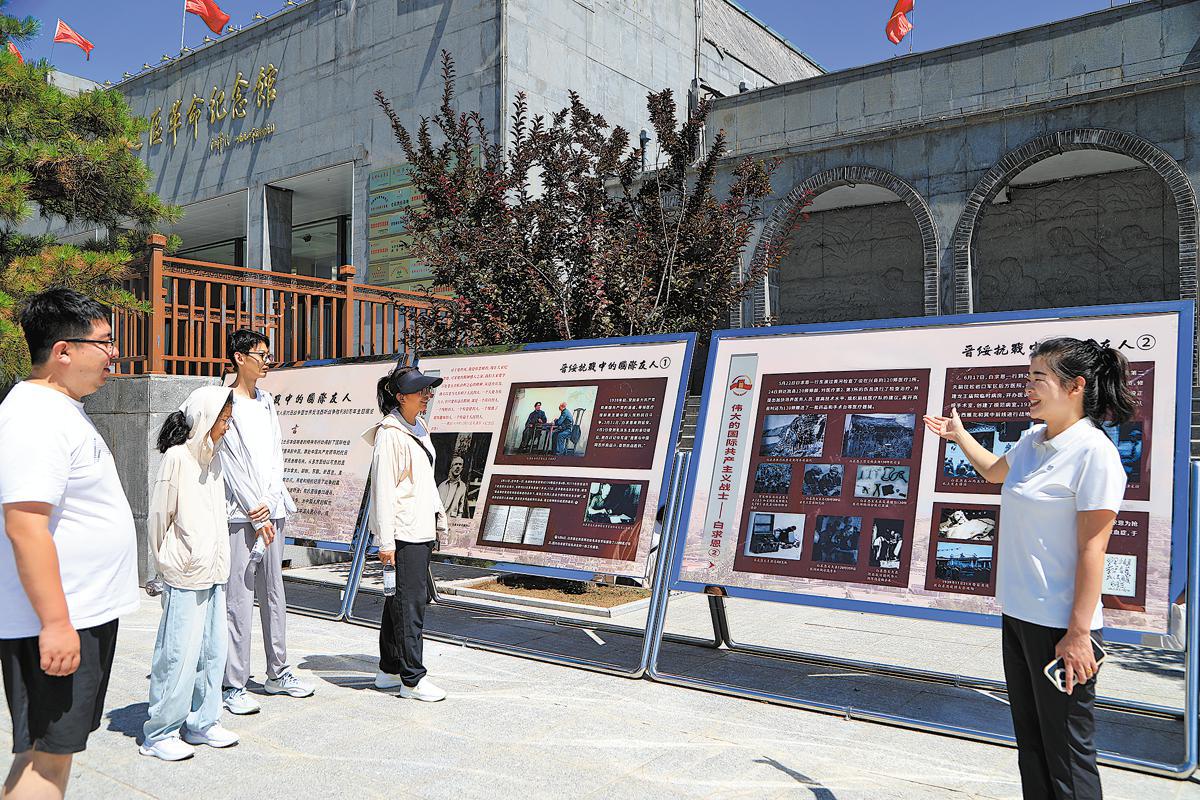
In the Shanxi-Suiyuan Border Region Revolutionary Memorial Hall in Caijiaya village in Xingxian county, Shanxi province, a special exhibition titled International Friends in the Shanxi-Suiyuan Resistance Against Japanese Aggression has been attracting many visitors.
Over 80 years ago, Caijiaya was the capital of the Shanxi-Suiyuan revolutionary base led by the Communist Party of China. As the political, military and cultural center of the Shanxi-Suiyuan Border Region (part of today's Shanxi and Inner Mongolia autonomous region), it was one of the earliest revolutionary bases in China.
"When the Chinese People's War of Resistance Against Japanese Aggression (1931-45) was in full swing, many friends, fueled by their belief in justice, broke through blockades to support the revolutionary bases behind enemy lines," said Shi Huaiyong, director of the museum. "In the Shanxi-Suiyuan Border Region, friends from countries such as Canada, Korea, the Soviet Union and the United States left behind many heroic stories."
Among them were foreign medical workers who saved lives, logistical personnel who transported supplies, and soldiers who actively engaged in combat, supporting the Chinese resistance against Japanese aggression in various ways.
The story of the internationalist warrior Norman Bethune is particularly moving. This Canadian doctor established "mobile hospitals" in China amid relentless artillery fire, once performing surgeries for 115 wounded soldiers continuously for 69 hours. He disregarded his own safety until his last breath on the operating table.
Similarly, the tale of British scholar Michael Lindsay is equally poignant: in the spring of 1944, he overcame numerous obstacles to reach the border region, reconfigured the command post's radio equipment in just three weeks, trained a group of technical experts and established a crucial communication network before heading to Yan'an in Shaanxi province a month later.
Shi said, "During that time, numerous foreign journalists ventured to the front lines, using their pens and lenses to document the realities of the war and convey the spirit of resistance of the Chinese people to the world."
Kang Yanhong, head of the museum's education department, said, "These stories are not just cold words on paper; they are memories filled with warmth and life."
Engaged in guiding visitors for over 20 years, she delved into extensive research, interviewed descendants of revolutionaries, and verified details repeatedly to narrate the stories behind the exhibits effectively. "The war against Japanese aggression was a national war that marked the complete victory of the Chinese nation in defending against foreign aggression in modern times," she explained to the visitors. "Our resistance efforts received not only the support of the entire nation but also assistance from international friends."
Today, various exhibitions and events are being held across the country to commemorate the 80th anniversary of the war and the World Anti-Fascist War victory.
"I hope that more and more audiences, especially the youth, can step into these historical exhibition halls, understand this period of history, remember it, and cherish peace," Kang said.
In recent years, the memorial hall has leveraged technologies such as big data, cloud computing and artificial intelligence to aggregate and display red cultural resources efficiently, receiving over 300,000 visitors annually.
Zeng Hongxiang, 68, from Guangzhou, Guangdong province, and a veteran Party member, said, "Visiting the memorial hall for the first time holds great significance to me and I'm deeply moved."
Shi said that through this exhibition, they aim to showcase a significant number of international friends who traveled great distances to China, their touching deeds, and noble spirits through precious historical materials and real stories. The special exhibition will remain open for visitors to Caijiaya village.
Contact the writers at zhuxingxin@chinadaily.com.cn
- China's contribution to talent cultivation for China-Laos Railway highlighted
- Intl circus festival opens in Wuqiao
- Xi's article on community for Chinese nation to be published
- SCUT vows overhaul of campus safety protocols after crash kills student
- Shanghai inaugurates first highway supercharging station
- Toxic gas leak leaves 5 dead in Henan


















